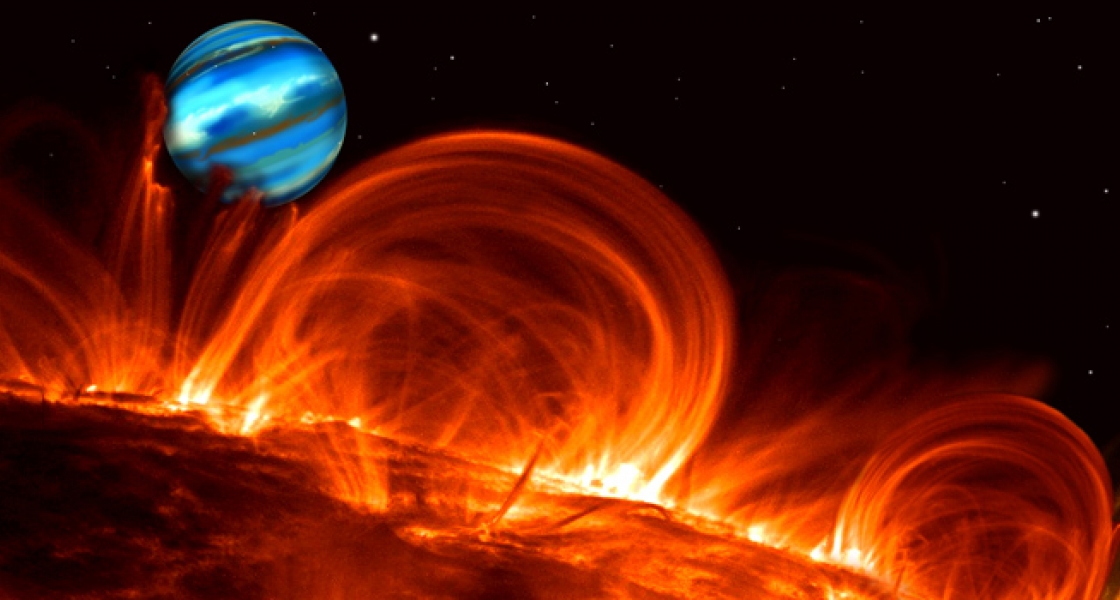Like people, planets can migrate far from where they were born. In the case of planets, they usually travel toward their parent star, but some may also move away. Some wind up in blistering proximity to their Sun-like parents, orbiting them in 1.2 to 8 days. Such orbits are well inside the magnetic-field-induced cavities that typically separate such stars from their planet-forming accretion disks. There’s no way planets could have formed in these cavities, given their lack of raw materials for planet building and incredibly high temperatures.
Even so, the first extrasolar planets discovered were hot Jupiter-like gas planets in close-in orbits around their stars. These scorched, but fascinating, planets have been occasionally detected transiting their stars. Astrophysicists have been able to identify such chemicals as methane in their atmospheres. They’ve been able to measure the radius of some of these planets and deduce their actual size and structure.
The more scientists like Fellow Phil Armitage have learned about “hot Jupiters,” the more curious they have become about why there are so few of them. It turns out that planet migration is a pretty common occurrence, and close-in circular orbits are stable. Plus, the magnetic cavities surrounding stars effectively slow planetary migration, which would otherwise carry the roving planets into their parent stars. Taken together, these factors suggest that hot Jupiters should literally “pile up” in close-in orbits. But, there’s no evidence this actually happens.
Recently, Armitage and colleagues from the Universities of Edinburgh and Exeter figured out why. Using computer simulations, they showed that migrating planets do indeed slow down when they enter magnetic cavities surrounding their parent stars. However, their orbits may also rapidly become eccentric — particularly if they are Jupiter sized or even larger. The more massive the planet, the faster its orbit becomes wildly eccentric. Within a few hundred thousand years, large planets are likely to be destroyed in collisions with their parent stars. A few, like the hot Jupiters scientists have observed, survive when tidal forces from their parent stars force them back into circular orbits — just in the nick of time.
Armitage’s study elucidates why there are so few hot Jupiters. It also explains why even larger planets are rarely, if ever, found in close-in orbits. However, his work also predicts pile-ups of lower-mass planets in close-in stable orbits. Of course, smaller extrasolar planets the size of Neptune or even Earth would be a lot harder to detect. It may take a while for Armitage’s prediction to be verified by observations. - Julie Phillips




